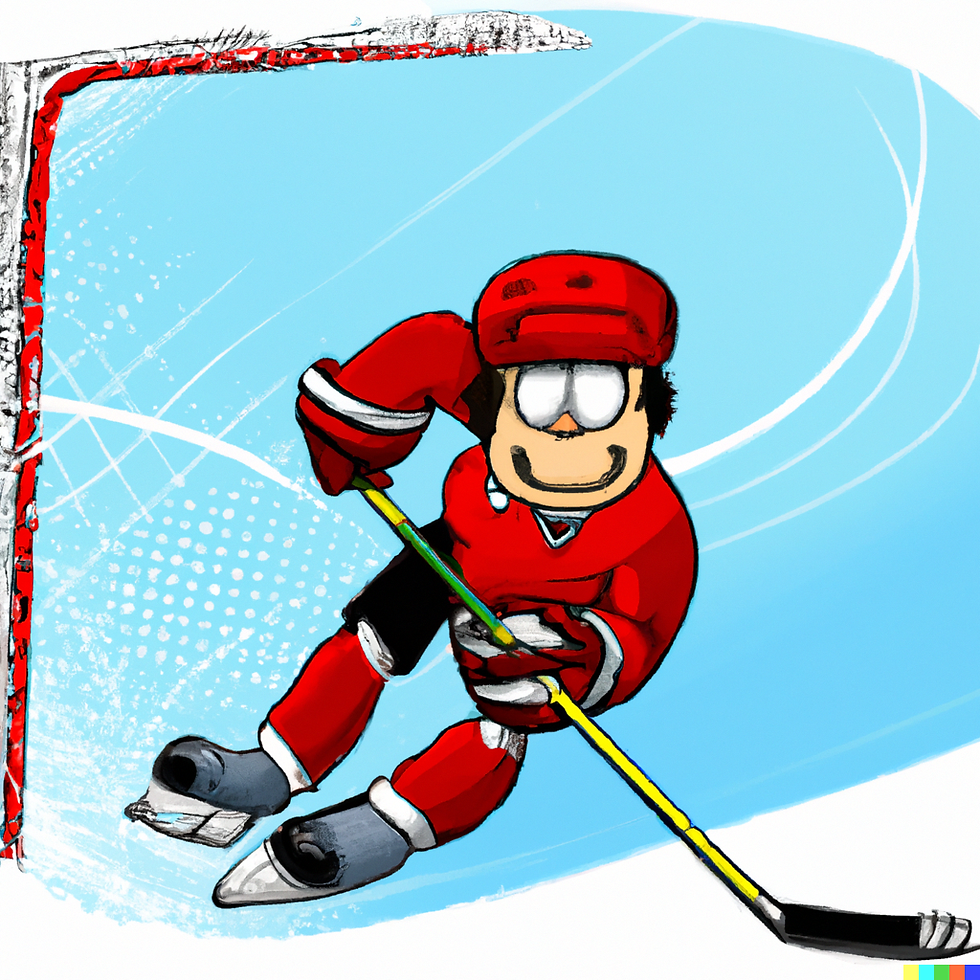Hone your Skills: How Small Area Games Help Players Improve their Skating and Agility
- James Witmer
- Jan 24, 2023
- 2 min read
Small area games, also known as "station-based" or "pond hockey" drills, have become increasingly popular in hockey development for players of all ages. These types of games provide a more dynamic and game-like environment for players to improve their skills and decision-making abilities. In this blog post, we will discuss the benefits of small area games for hockey development for players ages 6 to 15.
One of the biggest benefits of small area games is that they provide a higher number of touches and decision-making opportunities for players. In a traditional practice setting, players may spend a large amount of time standing in lines waiting for their turn to participate in a drill. With small area games, players are constantly involved and engaged in the action, leading to more opportunities to handle the puck and make decisions on the ice.
Additionally, small area games mimic game-like situations and scenarios, allowing players to practice and develop the skills they need to succeed in actual game play. These games often involve 2-on-1, 3-on-2, and other odd-man rush situations, giving players the opportunity to practice their defensive and offensive skills in a pressure-filled environment.
Small area games also provide an opportunity for players to work on their skating and agility. The confined space of the small area games forces players to make quick turns, crossovers, and tight pivots, which can greatly improve their overall skating ability.
Another benefit of small area games is that they can be adjusted to fit the skill level and age of the players. For younger players, the games can be simplified to focus on basic skills such as stickhandling and passing. As players progress and develop, the games can be made more challenging to include elements such as offsides, icing, and power play/penalty kill situations.
Finally, small area games can be a lot of fun for players, which can lead to increased motivation and engagement. The high-energy and fast-paced nature of these games can be exciting for players, leading to a more enjoyable and positive practice experience.
In conclusion, small area games are a valuable tool for hockey development for players ages 6 to 15. They provide a higher number of touches and decision-making opportunities, mimic game-like situations, improve skating and agility, can be adjusted to fit the skill level of the players, and can be a lot of fun for players. Coaches and parents should consider incorporating small area games into their player's development program to help players improve their skills and reach their full potential.








